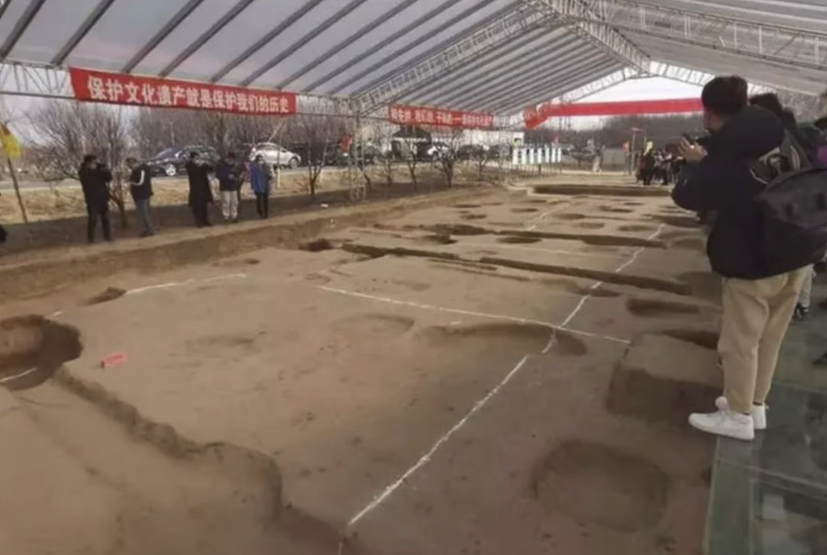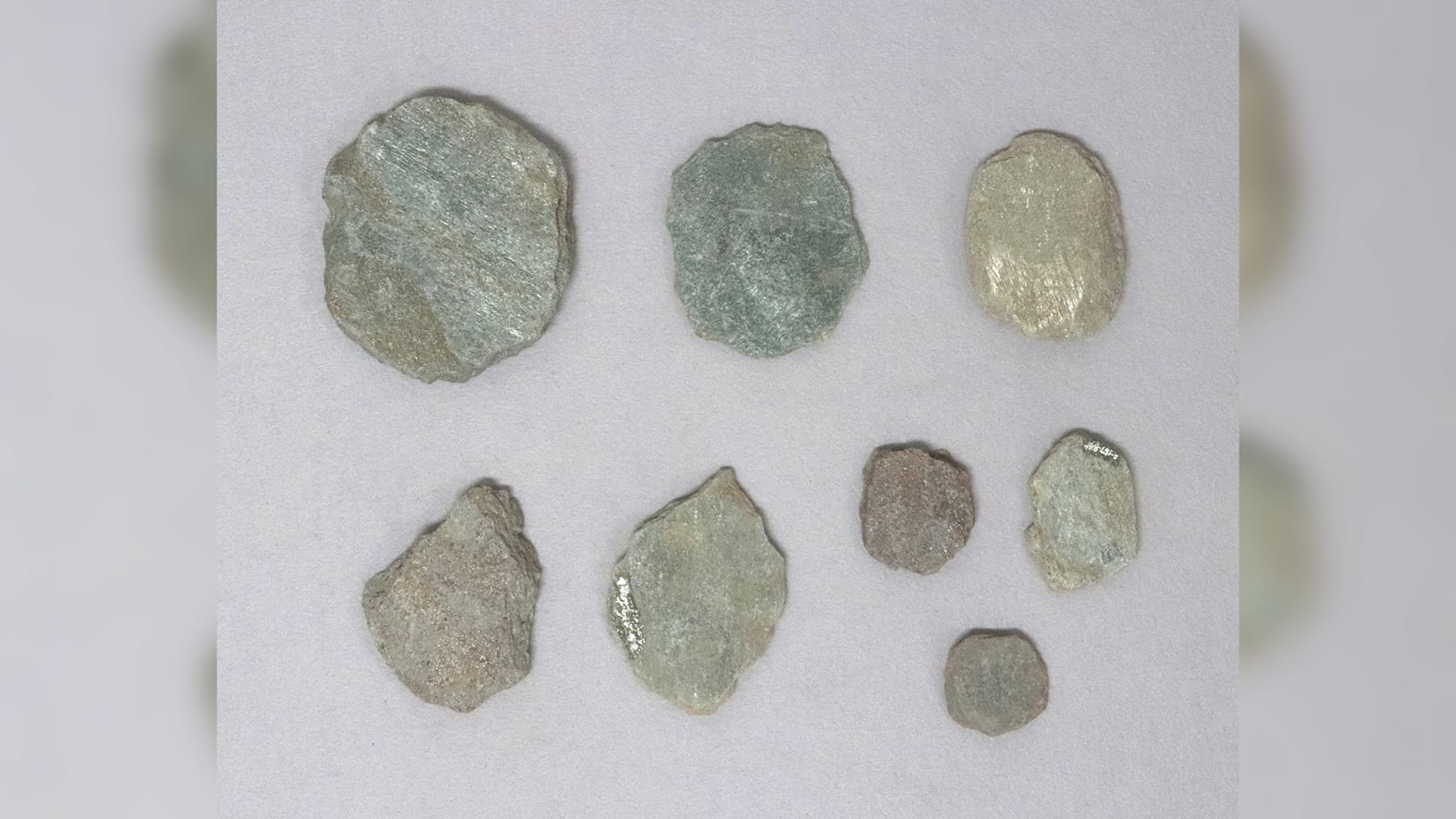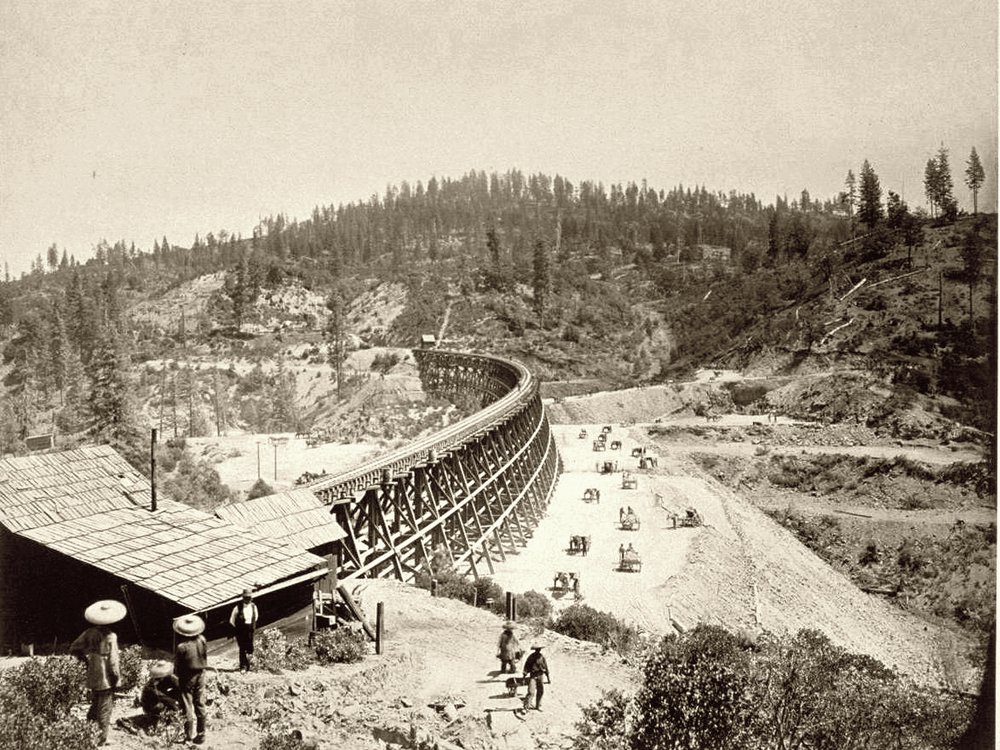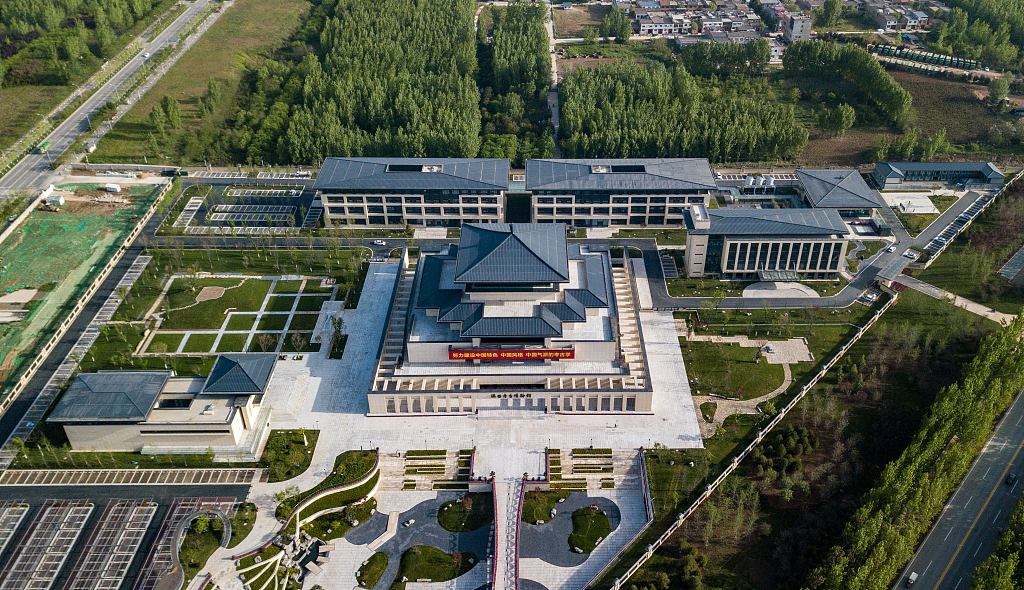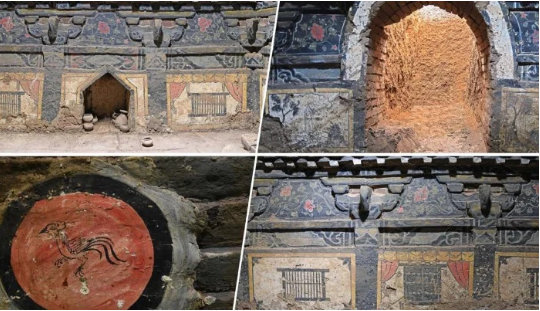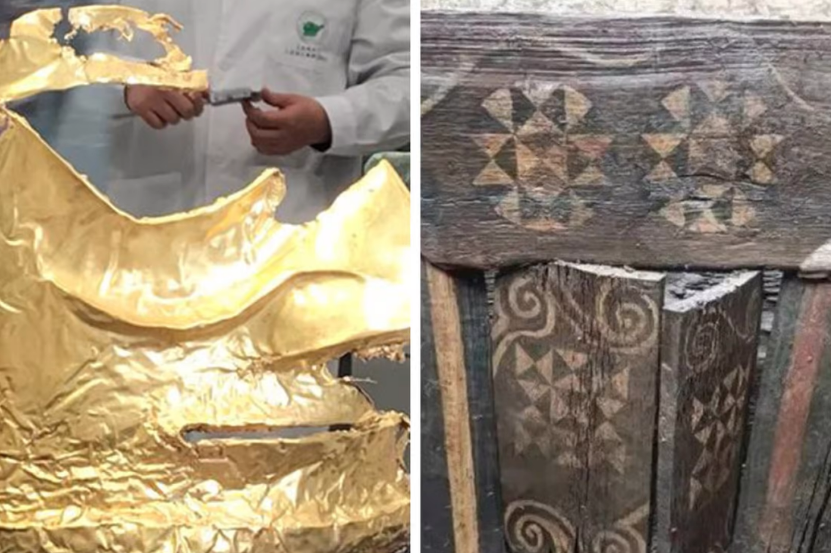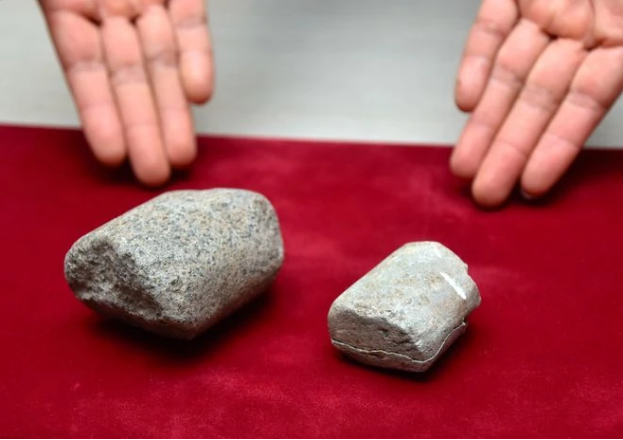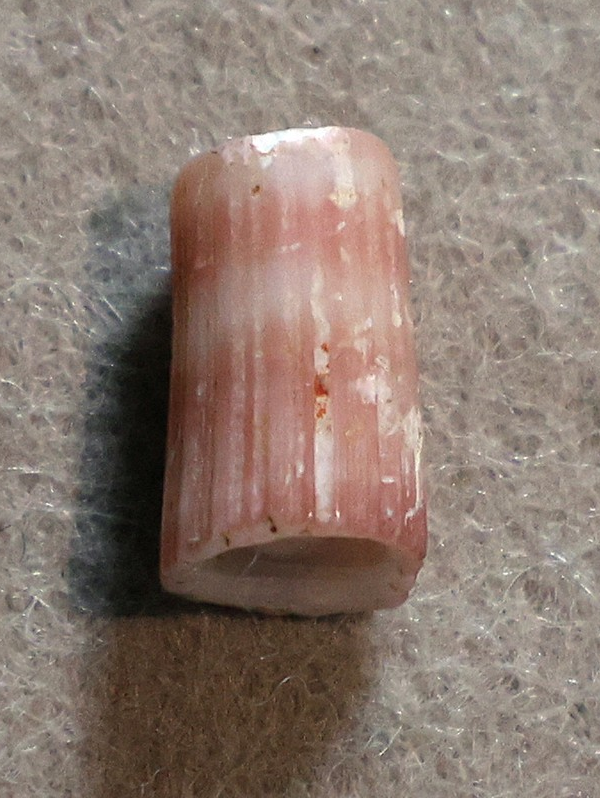As chaos reigned during the Warring States period (475-221BC), rulers across ancient China turned to intellectuals to find a way out of perpetual war, and the Jixia Academy in the state of Qi stood out for its power to attract the greatest Chinese thinkers of the time.
The institute used to be a place relegated to the historical record; experts believed it probably existed, but little was known about Jixia and there was no definitive proof that it was a real place.

